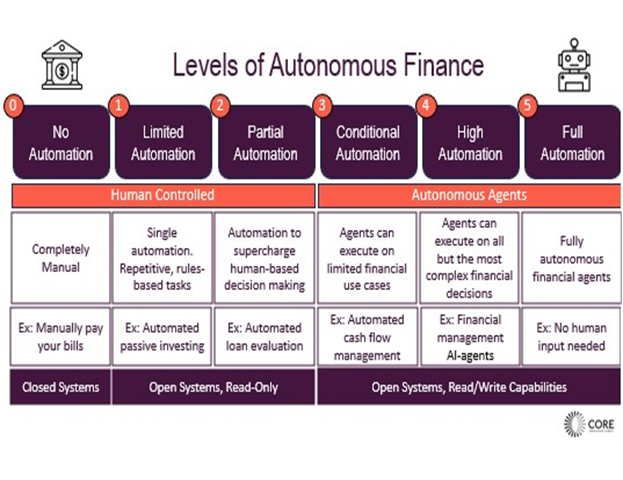In the midst of the social reckoning of the racist roots of our nation, and our inability to achieve the kind of equality that millions before and after Martin Luther King Jr. dreamed of, it should be clearer than ever that externalities matter. Economists refer to externalities as the side effects of an activity that are not reflected in the cost. In nature, bees create positive externalities by pollinating surrounding crops while collecting nectar. In society, the negative externalities of institutionalized racism are being exposed, starting with racially motivated police practices, and now in millions of impossible, awkward, painful and inadequate conversations across our economy.
In finance, it’s pretty ugly: in 95% of majority-black neighborhoods, most small businesses operated with a cash buffer of two weeks or less, compared with roughly 30% of majority-white neighborhoods, according to the JPMorgan Chase Institute. Pew found nearly three-quarters of black (73%) and Hispanic adults (70%) said they did not have emergency funds to cover three months of expenses; around half of white adults (47%) said the same. Black entrepreneurs were three times as likely as whites to say that they needed financing in 2014 but chose not to apply for it, according to a Wall Street Journal analysis of the census data. When they did seek funding, just 47% of black business owners got the full amount requested from banks, credit unions or other financial institutions, versus 76% of whites. And on and on and on.
Core Innovation Capital was founded on the premise that being focused on externalities (making them central — core, hence our name) could both create excellent financial returns and leave a positive impact. So for almost a decade, we have tracked our externalities as carefully as we track our returns. And for almost a decade, we have asked our portfolio companies to share not just financial information, but also data on the externalities of their products and services: things like the number of customers reached, the household income of those customers, the savings delivered to those customers.
We mostly measure scale and quality on the premise that if our portfolio can reach lots of people and provide them tangible value, our companies will be worth more. Our companies have reached 26 million people, over 80% of low and moderate income. On a weighted average, they save their customers $124 per month. And when you consider that $124 means a lot more to someone with $20K annual income vs someone with $200K, it matters that our portfolio skews to the bottom three income quintiles — 77% for 2019 (still short of our target of 90%).
What have we learned from tracking these externalities? A lot. Here are just a couple of “aha’s,” both good and bad.
Our companies are saving everyday people money, big time — over $45 billion since we started tracking in 2011 — but we can do better protecting people from shocks and generating more income. We measure savings for each company by looking at the pricing of their largest competitor and comparing it to our company’s. While we’re incredibly proud of billions we’ve helped put back into people’s pockets, it’s also clear we’re just scraping the surface. Our goal is to reach over $500 billion in savings during the next decade.
Peter Drucker is still right: “What’s measured gets managed.” Our most impactful companies track their impact as a Key Performance Indicator. For 2019, Oportun, HealthSherpa and Mosaic were our top three most impactful companies across all our measures. SynapseFI scored the highest in our team diversity metrics (despite rumors to the contrary). And companies with positive externalities are generally loved by their customers. Our companies have an average Net Promoter Score of 82 in an industry with an average of 35.
We have long believed that the greatest impact can come from picks-and-shovels companies that bare the goldmines of value creation for everyday people. And indeed, the two highest-scale companies in our portfolio are B2B2C companies — representing 76% of our entire portfolio’s reach. As you’d expect, the dollar savings impact is often smaller per person.
The largest aggregate savings comes from companies offering credit — at lower cost and better terms than their respective incumbents — while of course most credit extensions can come with unintended consequences of serial reliance or overconsumption (debt stacking in our parlance). This reinforces why credit remains so controversial, especially when extended to the poor. It’s also why we remain so proud to be investors in Oportun, a responsible lender which does so at scale and dramatically favorable terms to their largely working-class customers — saving them around $3,500 per year, by our estimates. That’s over $5 billion for 2019. Not bad!




